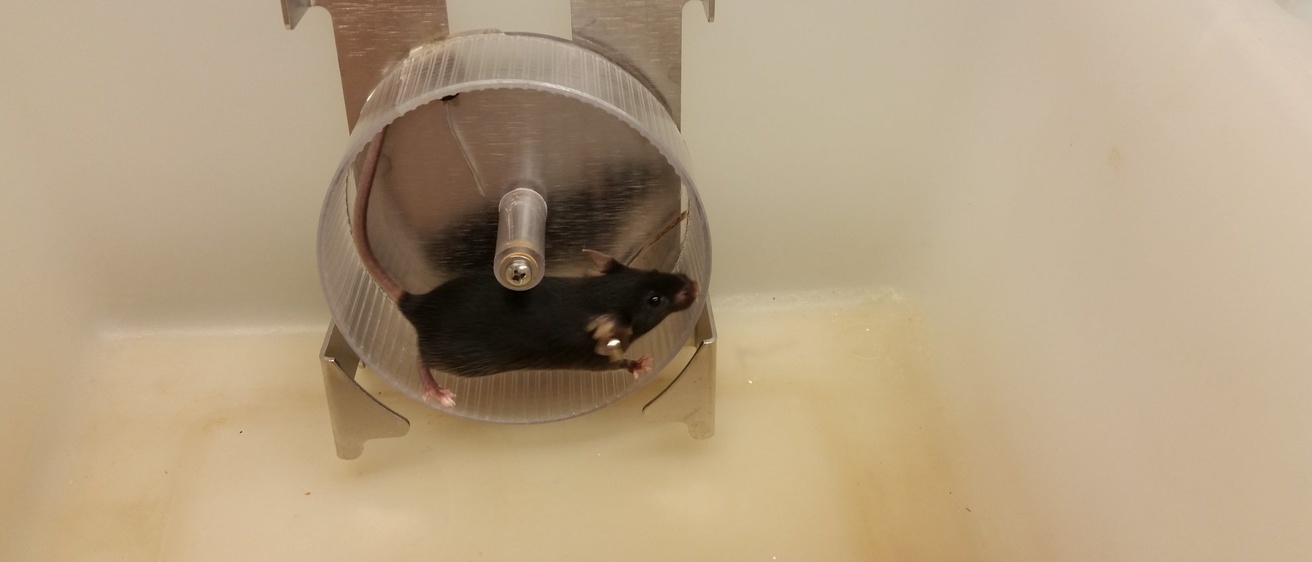A new mouse-model study shows that exercise causes muscle to release a peptide that increases the muscle’s energy production and physical endurance, supporting longer and more intense exercise.
The findings establish that the peptide, called musclin, is an "exercise factor"—a hormone-like substance made by skeletal muscle in response to exercise and released into the bloodstream. The study shows that increased levels of circulating musclin trigger a signaling cascade that improves muscle performance and promotes production of mitochondria in muscle cells. The study was published online the week of Dec. 14 in the Proceedings of the National Academy of Sciences Early Edition.
"Exercise is an extremely powerful way to improve people's health, but unfortunately, increasing physical activity can be really difficult in many circumstances," says senior author Leonid Zingman, M.D., associate professor of internal medicine at the University of Iowa Carver College of Medicine and a physician scientist at the Iowa City Veterans Affairs Medical Center. "We don't want to replace exercise by using this exercise factor, but if we can learn more about the mechanism, it might help us to increase exercise tolerance and make it easier for people to actually exercise. And if it is easier, people may exercise more."
The scientists used genetic engineering to create mice that don't produce musclin. Although these animals look and act like normal lab mice, they have lower exercise tolerance and are not able to exercise as long or as hard as mice in the control group. However, infusing the musclin peptide back into these modified mice allows the animals to regain normal exercise capacity.
"The musclin infusion into the knockout mice was effective in rescuing the animal's exercise capacity in just one week," says first author Ekaterina Subbotina, Ph.D., a post-doctoral scholar in Zingman’s laboratory.
The researchers also showed that infusing normal lab mice with musclin increased the animals' voluntary treadmill activity; the mice ran faster and longer on the treadmill than those that received a placebo infusion of saline.
Further investigation showed that musclin signaling promotes production of mitochondria in muscle cells. Mitochondria are the cells' power plants, producing the energy required for everything the cell does. The study links the increase in mitochondria to improved aerobic capacity in the mice.
Although the research focused primarily on the effect of exercise on musclin levels, even when mice were sedentary, those that lacked musclin had decreased levels of exercise endurance compared to sedentary mice in the control group, suggesting that musclin may promote muscle health, even during the low-level exercise of normal, everyday living.
In addition to Subbotina and Zingman, who is also a member of Abboud Cardiovascular Research Center and the Fraternal Order of Eagles Diabetes Research Center at the UI, the research team includes UI scientists Ana Sierra, Zhiyong Zhu, Siva Rama Krishna Koganti, Elizabeth Stepniak, Susan Walsh, Michael Acevedo, and Denice Hodgson-Zingman. Santiago Reyes and Carmen Perez-Terzic at Mayo Clinic in Rochester, Minnesota, were also part of the team.
The study was funded in part by grants from the Department of Veterans Affairs, the National Institutes of Health, and the Fraternal Order of Eagles Diabetes Research Center at the UI.
